Dead Dolphins, Secret Closures, and a Scandal No One Saw Coming
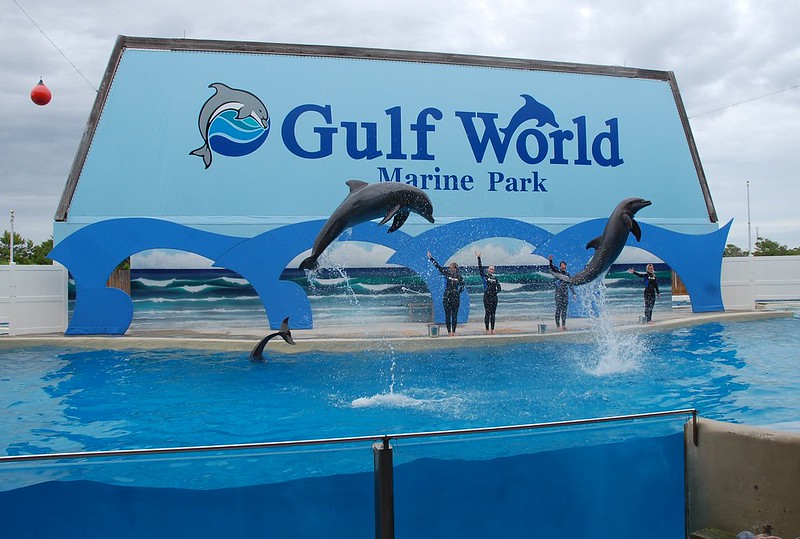
For years, this dolphin park sold sunshine, smiles, and splashy family fun. But behind the curtain of souvenir shops and leaping mammals was a slow-motion disaster no one wanted to admit. In just eight months, the park went from packed crowds and polished PR to dead animals, state investigations, and a silent, locked front gate. What started as whispers of poor maintenance turned into a full-blown scandal, with broken equipment, staff shortages, and animal welfare violations all bubbling to the surface. By the time the last dolphin was relocated, the damage was beyond repair. If you’re wondering how it all collapsed so fast, buckle up, because the warning signs were there all along.
1. Five Dolphin Deaths in Just Eight Months
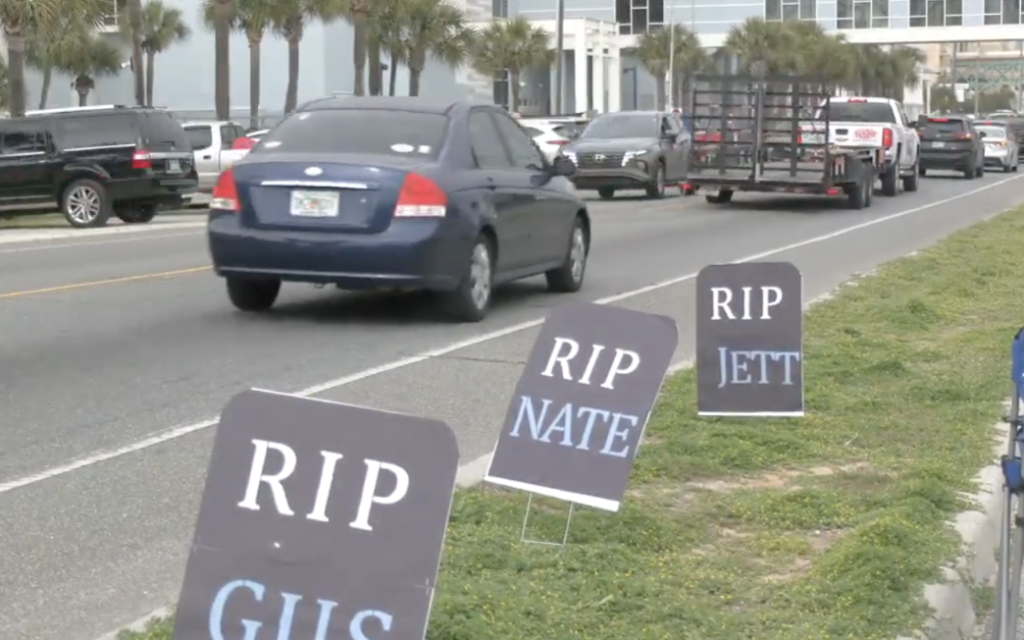
It started with one dolphin, then another, and before anyone could process the grief, the number climbed to five. Within just eight months, the park went from a place of laughter and splash zones to a site of hushed concern and whispered rumors. These weren’t elderly dolphins dying of old age. Several were young and healthy, until they weren’t. The causes ranged from unexplained infections to suspected blunt force trauma, and that’s when animal welfare groups started sounding the alarm. At first, management downplayed the incidents as isolated events. But behind the scenes, insiders say panic was already setting in.
The park had long branded itself as a haven for rescued and rehabilitated marine life. Visitors clapped and cheered for dolphins doing tricks, unaware that something was seriously off. Once the death toll hit five, even loyal fans started asking questions. Necropsy reports hinted at negligence, and vague official statements only fueled the public’s suspicions. For many, the dolphin deaths were the first crack in a shiny facade. And when you’re in the business of marine magic, five dead dolphins is not just a problem—it’s a full-blown crisis.
2. A Pattern of Neglect Hidden in Inspection Reports
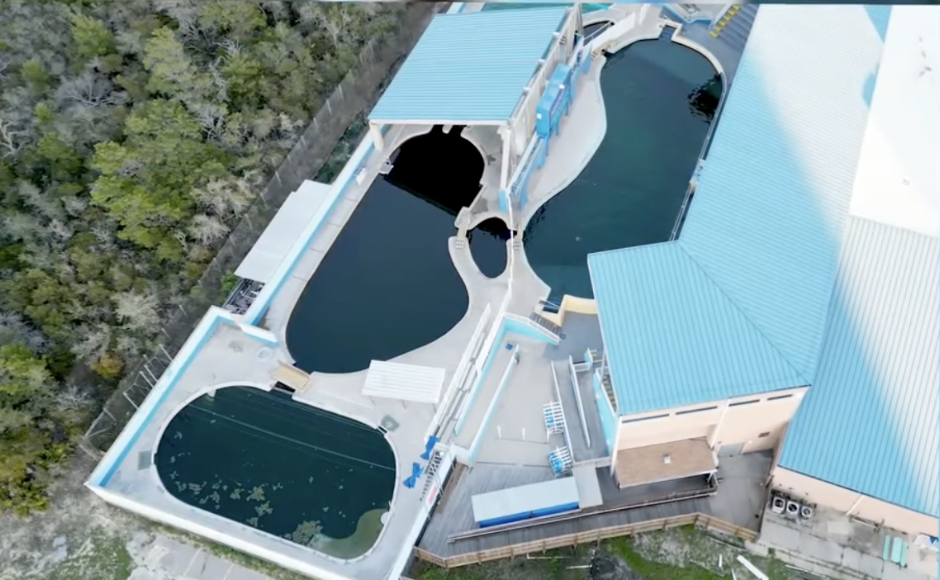
Turns out, the warning signs weren’t just rumors; they were written down in black and white. State inspectors had documented serious problems at the park long before the dolphin deaths made headlines. We’re talking broken water pumps, algae-covered tanks, and rusting enclosures that looked more like abandoned fish farms than marine habitats. These reports weren’t hidden exactly, but they weren’t broadcast either. They sat quietly in government databases, collecting dust, while the park continued to sell tickets and spin its “rescue mission” story.
The worst part? Many of the same issues kept showing up in inspection after inspection, with little to no follow-up. Instead of urgent repairs, there were half-fixes, band-aid solutions, and a lot of crossed fingers. When everything finally started falling apart, those old reports suddenly looked a lot like receipts. The neglect wasn’t new. It had just been ignored for years. And while guests were busy watching dolphin flips, the infrastructure was rotting beneath the surface.
3. Foreign Objects Found Inside Animals
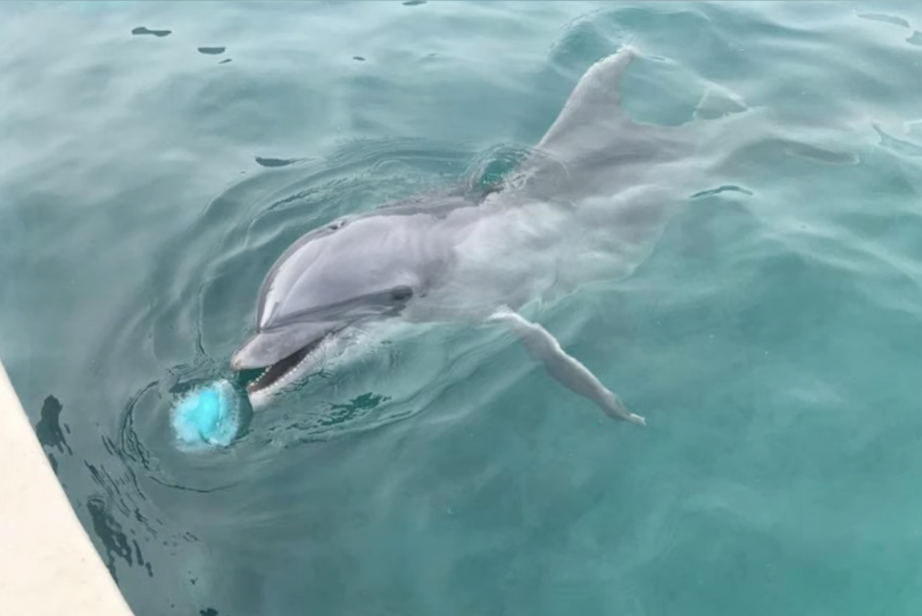
One of the most disturbing revelations came after a necropsy showed a dolphin had died with plastic debris inside its stomach. Not driftwood or seaweed—manmade trash, likely ingested inside its own tank. Another animal was found with metal fragments in its digestive tract, raising urgent questions about the cleanliness and safety of the enclosures. Experts were baffled. How does that even happen in a controlled facility? The short answer: it shouldn’t. Keeping tanks free of foreign objects is Marine Animal Care 101, and somehow, that basic standard wasn’t being met.
Park reps offered vague explanations and quietly blamed “anomalies,” but the damage was done. These dolphins weren’t living in the ocean, where trash is a sad but common hazard. They were in a facility that charged admission and claimed to protect them. The presence of garbage in their systems pointed to neglect, plain and simple. Animal advocates were outraged, and the public began to realize this wasn’t just a string of bad luck—it was systemic failure. You don’t need to be a vet to know dolphins shouldn’t be eating trash.
4. Emergency Response Times Were Delayed by Staff Shortages
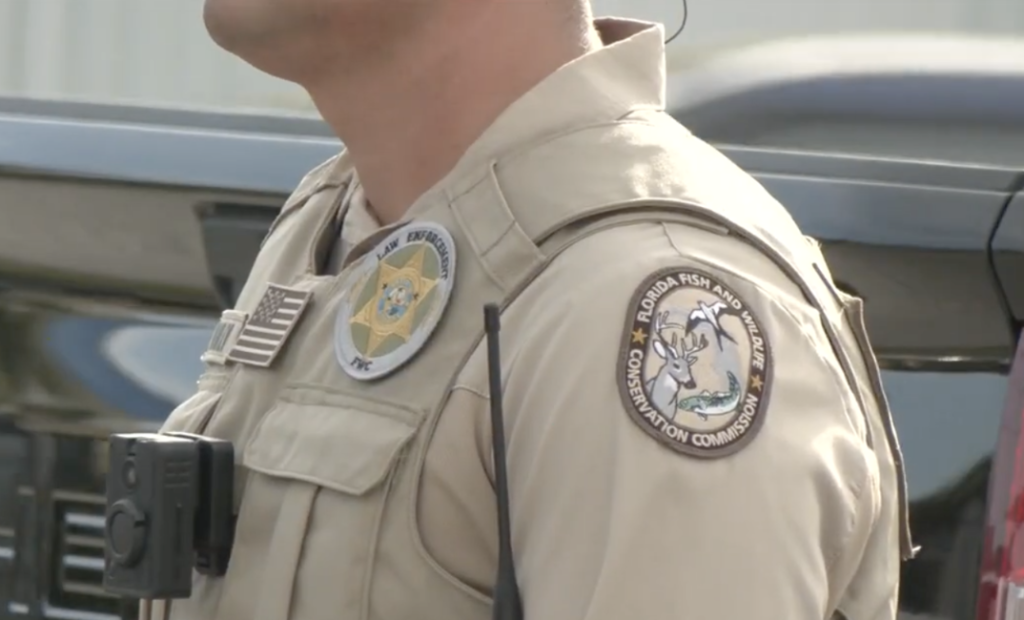
When a dolphin is in distress, every second matters. But at this park, help often didn’t come fast enough. Former employees claimed there were days when only one or two handlers were scheduled to monitor multiple tanks, leaving sick or injured animals without immediate care. In some cases, dolphins showed clear signs of distress for hours before a vet was even called. It wasn’t that the staff didn’t care, it’s that there simply weren’t enough of them to go around. And in an environment where quick intervention can mean the difference between life and death, that’s more than a staffing issue. That’s a crisis.
Management tried to chalk it up to industry-wide labor shortages, but critics weren’t buying it. If you can’t afford to staff your facility properly, maybe you shouldn’t be running one at all. These weren’t plush toys on display, they were living, intelligent animals that needed round-the-clock oversight. By the time help arrived, it was sometimes too late. The dolphins deserved better, and so did the guests who trusted the park to keep them safe.
5. A Secretive Temporary Closure Sparked Rumors
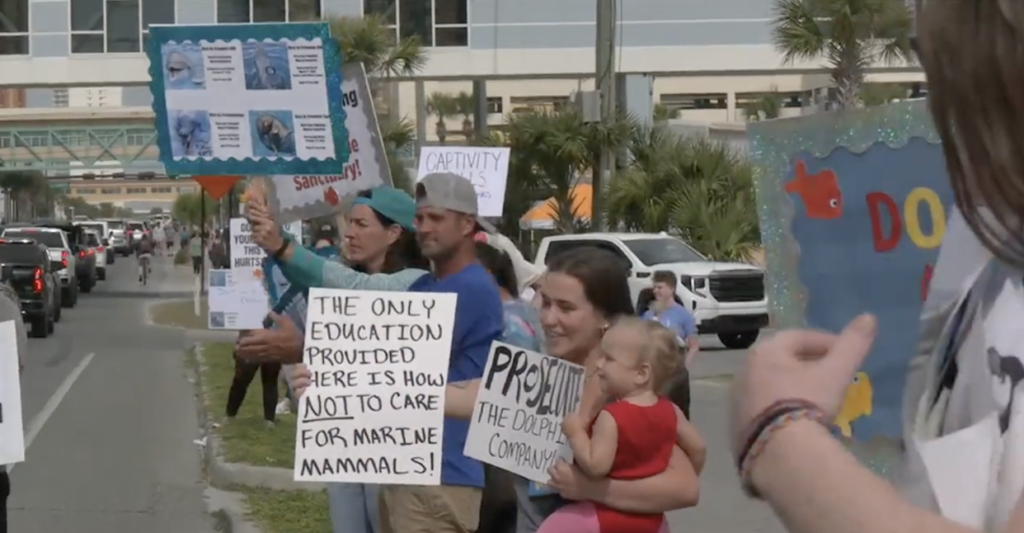
On May 17, 2025, the park quietly posted a message online: it would be “temporarily closed for maintenance” until June 3. No additional details. No explanation. Just a vague date and radio silence. But June 3 came and went, and the gates stayed locked. Employees were left in the dark, visitors with pre-booked tickets got no real updates, and the media started circling like sharks. It didn’t take long for the rumor mill to kick into high gear because when a park that houses dolphins vanishes overnight, people notice.
Some guessed a health outbreak, others suspected financial trouble, but many believed something more serious was being covered up. The lack of communication only made it worse. No press release, no apology, just digital tumbleweeds. By the time officials confirmed the park wouldn’t be reopening, public trust had already flatlined. What should have been a routine maintenance window turned into a mystery, and that silence spoke louder than any official statement ever could.
6. Whispers of Bankruptcy Turned Out to Be True
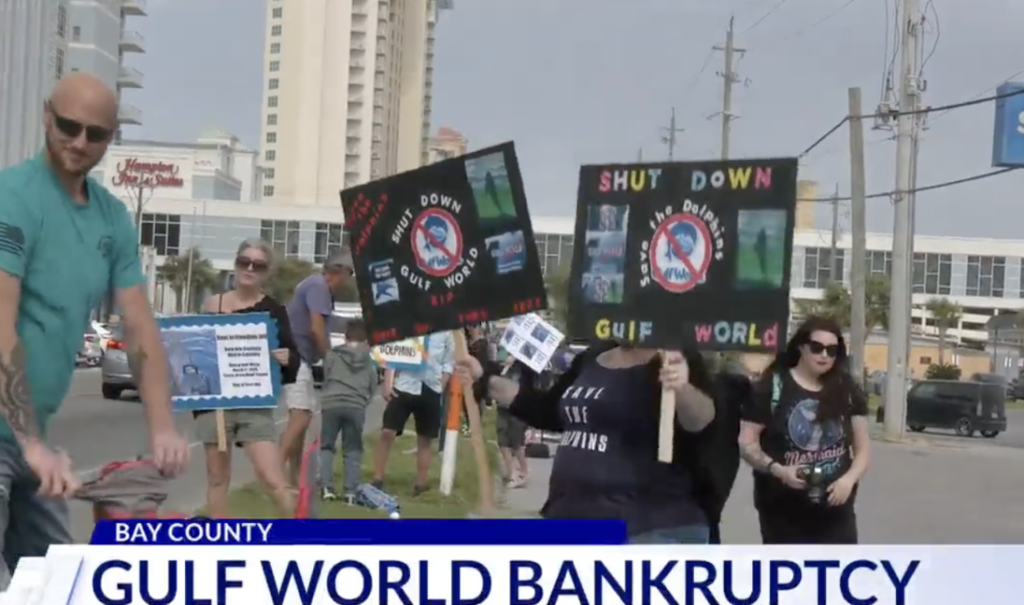
For months, there were quiet whispers that the company behind the park was sinking fast. Vendors weren’t getting paid, staff hours were slashed, and repairs were being delayed indefinitely. Then in March 2025, the truth hit like a tidal wave: The Dolphin Company had officially filed for Chapter 11 bankruptcy. Court documents revealed over $100 million in debt, including unpaid loans, leases, and mounting legal fees. What looked like a sudden collapse was actually years of financial mismanagement finally catching up.
The company blamed external factors—tourism declines, inflation, even bad weather. But former employees and insiders pointed to something more obvious: the park had been run like a money pit in a wetsuit. Corners were cut, care was compromised, and the dolphins paid the price. Once the bankruptcy became public, any remaining support the park had left quickly vanished. It wasn’t just about bad business, it was a betrayal of trust, wrapped in a soggy, sparkly brochure.
7. The State Launched a Criminal Investigation

When five dead dolphins, broken infrastructure, and bankruptcy weren’t enough to raise alarms, Florida’s Attorney General finally stepped in. In June 2025, the state launched a formal criminal investigation into the park. The probe focused on repeated violations of animal welfare laws, potential misuse of funds, and whether park officials had deliberately misled regulators and the public. What started as a local scandal suddenly became a statewide legal drama—with subpoenas, interviews, and a growing paper trail to follow.
It wasn’t just about bad optics anymore. Criminal charges were now on the table, and the park’s top brass had stopped doing interviews altogether. Animal rights groups had been demanding accountability for months, but this was the first sign that real consequences might be coming. The investigation cast a long shadow over the park’s already tarnished legacy. What had once been billed as a “marine sanctuary” was now the subject of potential criminal prosecution. And no one was buying the innocent act anymore.
8. Shocking Conditions Revealed by Undercover Photos
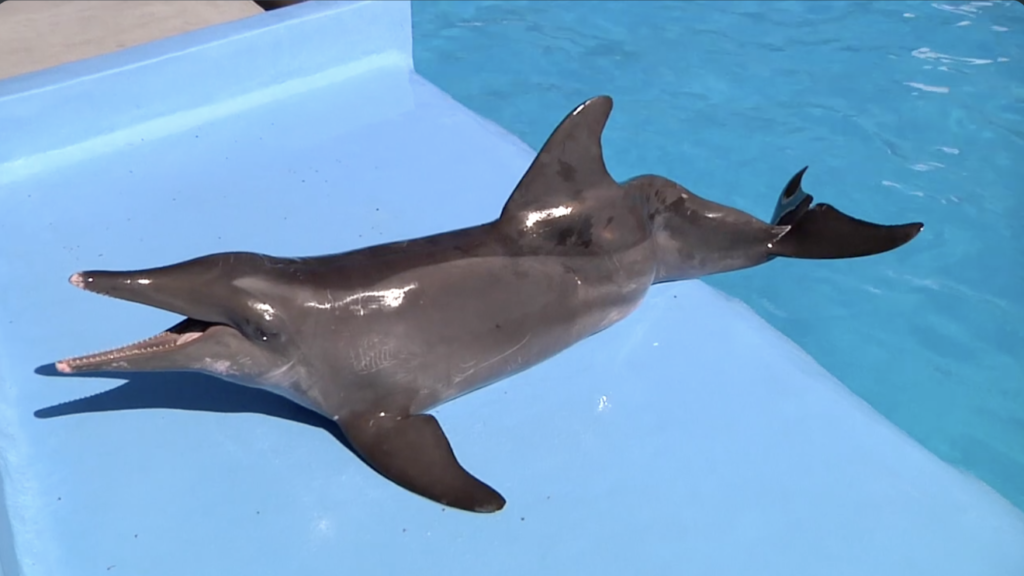
Just when it seemed like things couldn’t get worse, they did. In July 2025, a former employee leaked a series of undercover photos to the press, and they were brutal. Algae-coated tanks, exposed wires dangling over water, rusted-out platforms, and enclosures so deteriorated they looked abandoned. These weren’t snapshots from five years ago—they were reportedly taken just weeks before the park closed. The images painted a grim picture of what the animals were living in, and they spread like wildfire online.
The park’s PR team tried to spin it, claiming the photos were “taken out of context,” but the damage was instant and irreversible. Guests who had once taken smiling selfies at the dolphin tanks were horrified. Local officials scrambled to distance themselves. Animal welfare advocates said, “We told you so.” For many, this was the final nail in the coffin. The visual proof was too graphic to ignore—and too heartbreaking to forget.
9. The Dolphins Were Quietly Relocated

While the headlines screamed scandal, the dolphins were slipping away—literally. Without fanfare or formal announcement, the remaining animals were quietly transferred to other facilities. Some reportedly went to Clearwater Marine Aquarium, others to Marineland, but the public was left guessing. No press release, no goodbye, not even a confirmation on how many dolphins remained. It felt less like a rescue mission and more like a cover-up with a moving truck.
Animal advocates were relieved to see the survivors removed from danger, but the silence surrounding the transfers rubbed many the wrong way. Why keep it secret if everything was above board? The park had no problem showcasing these animals for profit, but when it came time to protect them, they vanished like a deleted email. The relocation may have saved lives, but it didn’t restore trust. Instead, it raised one more question in a saga already full of them.
10. Local Support Vanished Almost Overnight
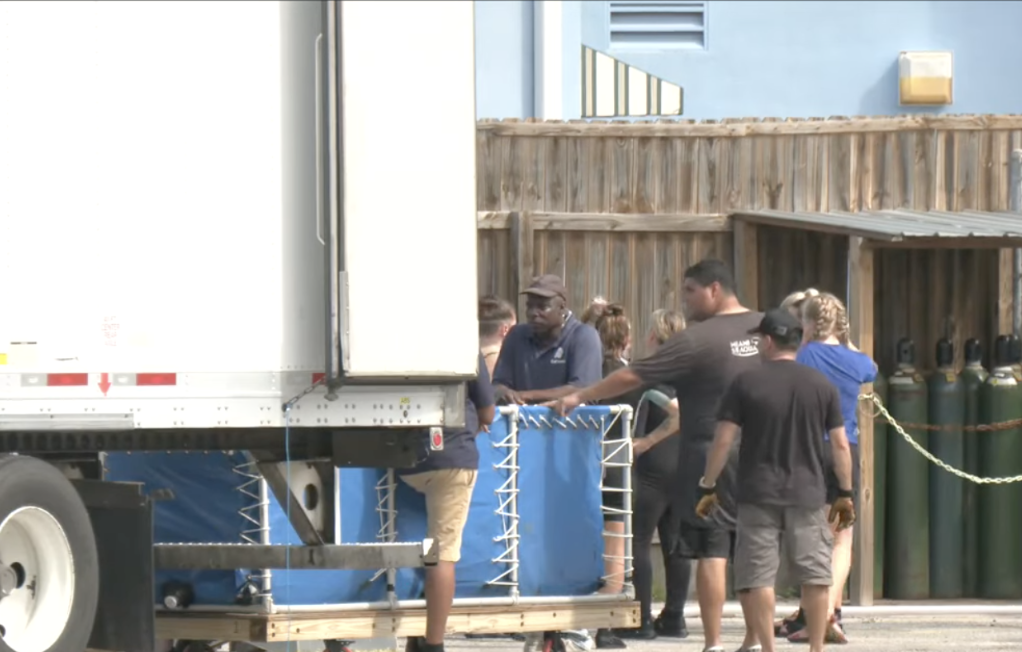
Once upon a time, this place was a hometown favorite. Locals brought their kids for weekend shows, schools planned field trips, and tourists lined up for dolphin encounters. But after the deaths, the leaks, and the investigations, the tide turned fast. Yelp reviews went from glowing to furious. Memberships were canceled. Volunteers stopped showing up. Even the gift shop, once stocked with dolphin keychains and plush toys, sat gathering dust.
For a community that had embraced the park for decades, the betrayal felt personal. People thought they were supporting conservation, not enabling cruelty. And when the truth came out, the heartbreak quickly turned into anger. The park had lost more than its dolphins—it had lost its hometown heartbeat. In the end, the community didn’t just walk away. They slammed the door behind them.
11. Now It’s For Sale—With No Buyer in Sight
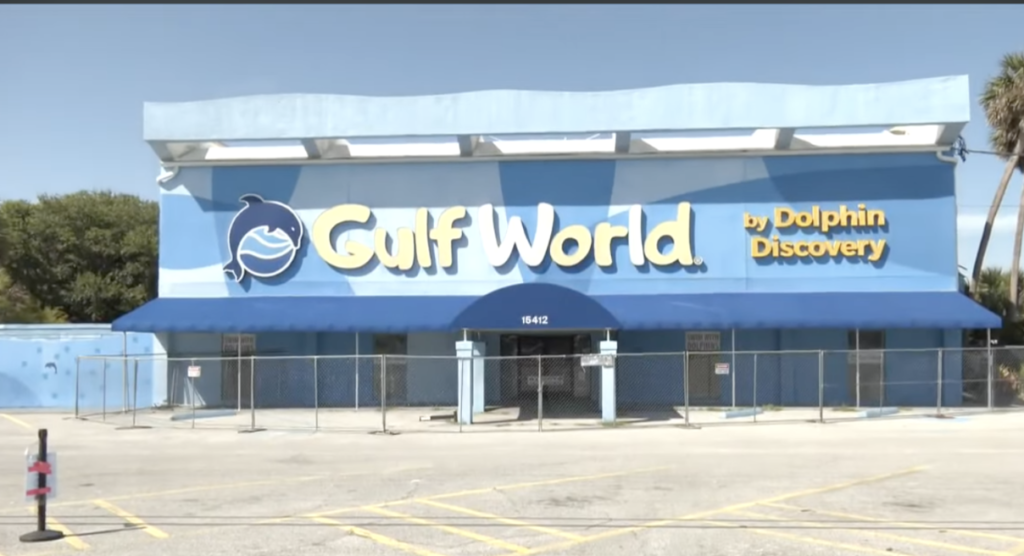
The tanks are empty, the gates are locked, and now the whole place is on the market. The park, along with all its worn-down infrastructure and questionable history, is officially for sale. Real estate listings call it a “unique redevelopment opportunity,” but let’s be honest—what buyer wants to inherit a scandal? Between the crumbling facilities, looming investigations, and a reputation soaked in bad press, this property is more curse than crown jewel.
Developers have quietly looked, then quietly walked away. Local officials have floated ideas, but nothing has stuck. The site now sits in limbo, its future as murky as the algae-choked pools it left behind. What was once a place of joy and spectacle is now a ghost town, with a “For Sale” sign out front. And unless someone with deep pockets and a short memory appears, it may remain that way for a long time.
It Didn’t Sink Overnight—But It Sank Hard
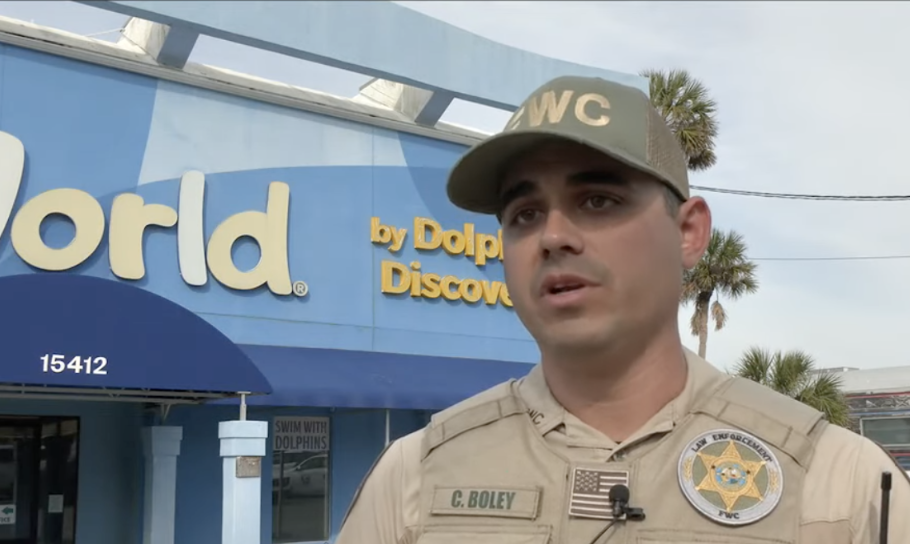
The rise and fall of this dolphin park wasn’t about one bad decision. It was a perfect storm of neglect, denial, and silence at the top—until the truth spilled out and there was nowhere left to hide. What was once a beloved attraction became a cautionary tale in real time. The dolphins are gone. The gates are closed. And the legacy? That’s still being debated.
Because when you mix murky leadership with marine mammals and a whole lot of missed warnings, eventually the tide turns. And this time, it didn’t come back in.
This article, 11 Troubling Signs No One Noticed Before Gulf World Marine Park in Florida Shut Down for Good was first published on dailyfetch.net.


